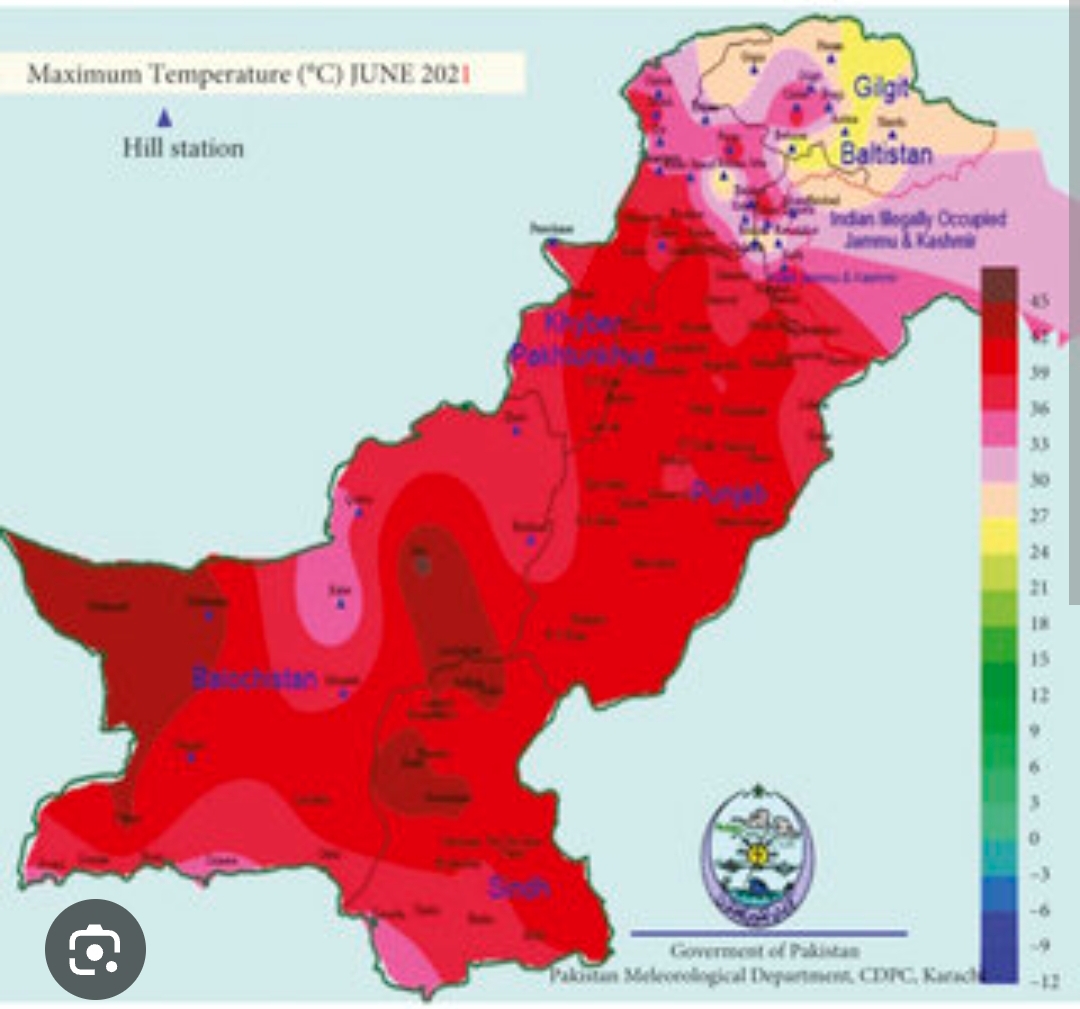As Pakistan prepares for another extreme weather change, the shifting patterns of rains tell a tale that transcends forecasts. These shifts highlight the need for a political transformation that policymakers shall prepare for. From the scorched plains of Sindh to Flood prone lands of Punjab, Climate migration has emerged as a modern-day governance challenge for Pakistan that raises a question of national stability everyday.
The winter at door is predicted to be harsher and lengthier, following a monsoon that left districts water scarce. With temperatures dropping, displaced clans from affected areas continue to search for shelter and safety. These once temporary movements are now redrawing the country’s map. Bigger cities are randomly absorbing these climate migrants, overstretching their ability to accommodate. This ultimately strains the employment systems already weakened by administrative fatigues.
This migration also brings important political implications that go beyond basic humanitarian concerns. Pakistan is a country with its structures and boundaries built on the assumption of “fixed populations”. Mass relocations unsettle urban plannings and hugely impact financial resource allocations. For instance, the movement of thousands from rural parts of Balochistan and Sindh to urban parts of Punjab reshape electoral patterns and ethnic identities, ultimately stuffing displacements in political domains.
Symptoms of this shift are visible in Sindh. Families displaced by 2022 floods remain in makeshift shelters, heavily relying on political intermediaries for relief. In Balochistan as well, cycles of draughts are forcing locals to abandon lands of ancestors, changing hierarchies and administrative jurisdictions. Similarly in Khyber Pakhtunkhwa, the shifting patterns of temperature are relocating agricultural workers into towns nearby. These environmentally framed population movements are inherently political and produce new claims to land and representation.
Ignorant to the crisis, the country’s response seems short sighted. Institutes made for Disaster Management focus mainly on “quick fixes” in forms of cash transfers, food and tents. No due consideration is given to national planning integrated with proper long term migration policies. Inter province coordination also remains a question and serious concerns pertain due to lack of domestic influence in operationalizing resilience at local levels. This vacuum in policy casts a risk, ultimately turning a much manageable adjustment into a deepened political fault line.
The remedy is not only a strategy for climate change and migration, but a full-scale transformation in governance. It is crucial to integrate migrants into the economic and geographic planning frames, rather than dealing with them as a “temporary dependant lot”. New settlement structures shall be visible in urban policies, while global funds shall also be directed towards sustainable adaptations. The coming winter could be very critical as a test for policymakers that demands due foresight and empathy.
As Pakistan braces for colder nights, it must also prepare for slow storms that demographic changes will trigger. The actual query is whether Pakistan’s political system can adjust as rapidly as our climate is.
Writer Bio:
I am Sheher Bano, a Public Administration graduate from Quaid I Azam University Islamabad. I come from Talagang, Chakwal. Formerly, I have written for The Daily Times, particularly for their opinion pieces.
Email: sheherbanomalick@gmail.com
Contact: 03071824544

